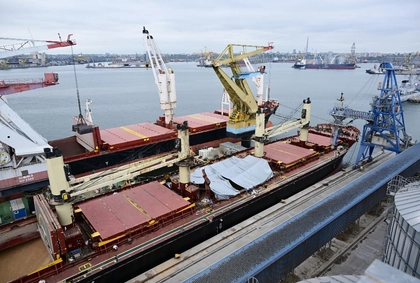Oil prices increased on Monday after Russia launched 120 missiles and 90 drones against Ukraine a day prior, an attack that caused power outages and civilian deaths across Ukraine.
The attack marked Russia’s 10th massive strike on Ukraine’s energy infrastructure this year. The last massive strike took place on Aug. 26.
JOIN US ON TELEGRAM
Follow our coverage of the war on the @Kyivpost_official.
Brent crude futures gained $2.26, or 3.2%, to $73.3 a barrel, while US West Texas Intermediate (WTI) crude futures reached $69.16 a barrel, up $2.14, or 3.2%, as per a Monday report by Reuters.
Investors are also worried about a drop in demand in China, the world’s second-largest consumer.
China’s refinery throughput fell 4.6% in October from last year, and the country’s factory output growth slowed last month, Reuters wrote referring to Chinese government data.
Another concern lies with the future decrease in demand forecasted by the International Energy Agency (IEA).
According to the IEA, the global oil supply will exceed demand by more than 1 million barrels per day in 2025, even if cuts remain in place from OPEC+, a bloc that comprises Organization of the Petroleum Exporting Countries (OPEC) members plus other oil-producing countries.
So far, OPEC+ has not released any statements with plans to increase oil production.
“OPEC+ could delay December’s planned increase to oil production by a month or more,” Reuters wrote on Oct. 30.

Central Bank Raises Key Rate to Tame Inflation Rise
OPEC comprises 12 countries: Algeria, Congo, Equatorial Guinea, Gabon, Iran, Iraq, Kuwait, Libya, Nigeria, Saudi Arabia, United Arab Emirates (UAE) and Venezuela.
OPEC+ includes non-OPEC members such as Azerbaijan, Bahrain, Brunei, Brazil, Kazakhstan, Malaysia, Mexico, Oman, South Sudan, Sudan and Russia.
You can also highlight the text and press Ctrl + Enter






